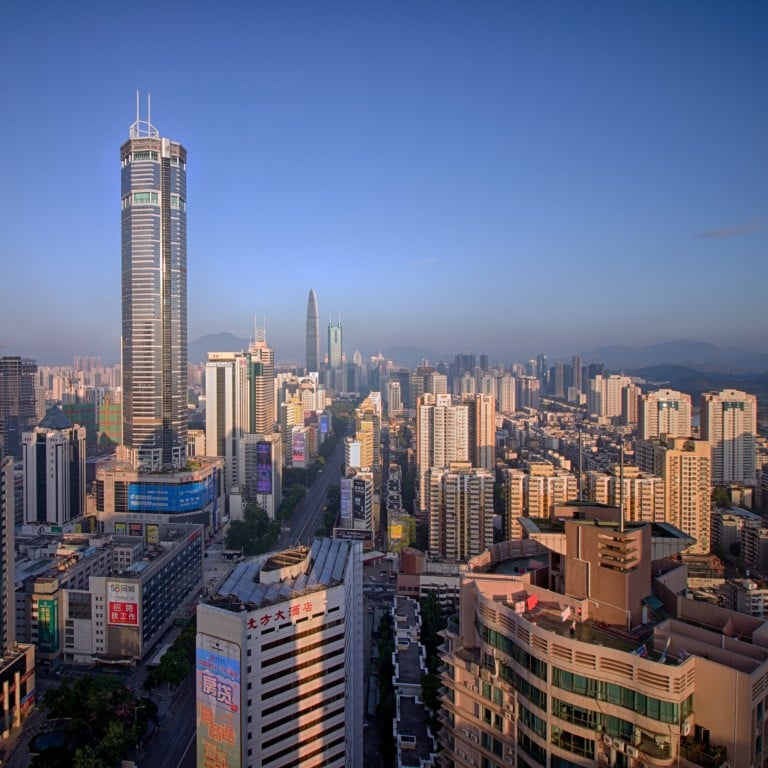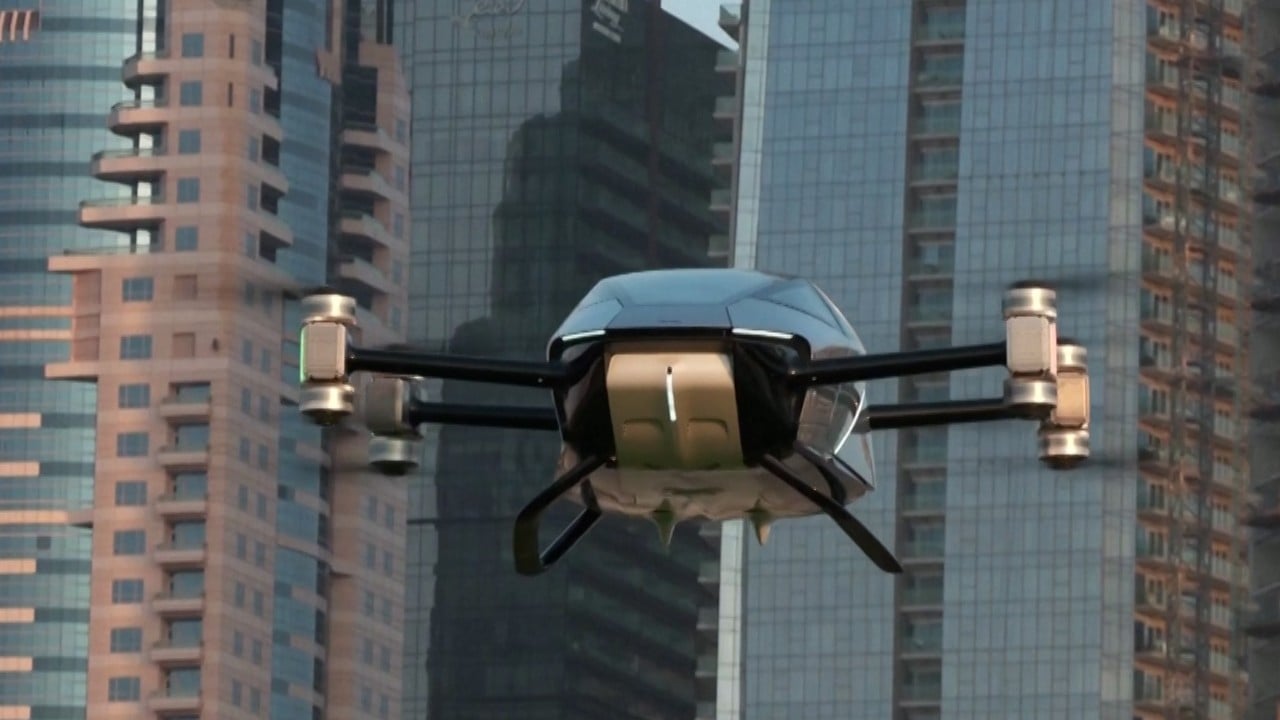
China’s Shenzhen reveals bold tech plans for an economic, industrial resurgence in 2024
- Southern tech hub grew by leaps and bounds over much of China last year, and now it intends to shoulder an even bigger share of the nation’s economic revival
- While aiming to counteract US-led tech restrictions, Shenzhen hopes to achieve huge industrial output of more than US$209 billion in strategic emerging industries this year
The southern city where China’s economic transformation began more than four decades ago, and which has seen its hi-tech industry become the bellwether for growth, is vowing to double down on efforts to shore up the sector as the nation strives to move up the industrial chain and counteract US-led tech restrictions.
Renowned for its cutting-edge industrial chains that have earned it the nickname “China’s Silicon Valley”, Shenzhen plans to achieve industrial output of more than 1.5 trillion yuan (US$209 billion) in its strategic emerging industries in 2024, which would represent a growth pace of more than 7 per cent.
That’s a lofty target, given the high base of comparison from 2023, when the tech hub’s strategic industries – including those specialising in new energy and artificial intelligence – grew by 8 per cent and accounted for 41.9 per cent of the city’s gross domestic product (GDP).
Shenzhen’s overall economy grew by 6 per cent in 2023, in line with its official target and outpacing both the 4.6 per cent growth in Guangzhou, the capital of Guangdong province, and the projected 3.2 per cent growth in Hong Kong, just across the border.
We have to break free of the West’s tech strangulation … and forge strong scientific and technological innovation
This year, Shenzhen aims to grow its economy by 5.5 per cent, city mayor Qin Weizhong said at a parliamentary meeting on Tuesday. That goal exceeds the anticipated 2024 growths set by Guangzhou and Shanghai of 5 per cent.
The referenced strategy refers to Washington’s bans or restrictions on the export of hi-tech products to China, as well as related investment and talent flows.
Shenzhen unveils 20-point plan to boost funding for local tech companies
“Shenzhen was the first [municipal] victim in the US-China tech war, and this shows that the city has the capability to even affect global markets,” said Peng Peng, executive chairman of the Guangdong Society of Reform.
“Therefore, Shenzhen has a very urgent task of stabilising China’s industrial and supply chain, and needs to provide experience in industrial upgrading nationwide,” Peng added, noting how the city’s new plans for a tech revamp remain closely related to a broader transformation of the world’s second-largest economy.
According to its governmental report, Shenzhen aims to further upgrade its pillar industries – including those dealing in communications and smart devices – while exploring prospects in emerging sectors such as internet-connected vehicles, aerospace, and the low-altitude economy, which could include drones and even flying cars.
The city is also striving for further developments in automobiles, semiconductors and high-end precision instruments, while fostering future industries that include intelligent robots, synthetic biology, brain science, cellular genetics and quantum information.
The Greater Bay Area refers to the central government’s ambitious scheme to link the cities of Hong Kong, Macau, Guangzhou, Shenzhen, Zhuhai, Foshan, Zhongshan, Dongguan, Huizhou, Jiangmen and Zhaoqing into an integrated economic and business hub.
Additionally, Shenzhen intends to “add more than 20 high-end scientific research institutes, enterprise R&D centres and high-level scientific research teams”, but details remained scarce.
Given all of the external uncertainties in the environment, Shenzhen could play a much bigger role … in counterbalancing the West
Last year, exports of Shenzhen’s “new three” – electric vehicles, solar cells and lithium batteries – rose by 33.9 per cent, which surpassed the national level of 29.9 per cent and was higher than the 19.7 per cent recorded in the Yangtze River Delta, another big manufacturing hub and economic driver for China.
The “new three” reflects a shift from China’s “old three” pillars of exports that comprised clothing, home appliances and furniture.
“The 0.5-percentage-point reduction in Shenzhen’s growth target [for 2024] is due to last year’s high base, but its goals for fixed-asset investment, retail sales and trade are very similar,” Peng said.
“So, given all of the external uncertainties in the environment, Shenzhen could play a much bigger role in the GBA, and even in science and technological innovations and in counterbalancing the West, for the whole country,” Peng added.


